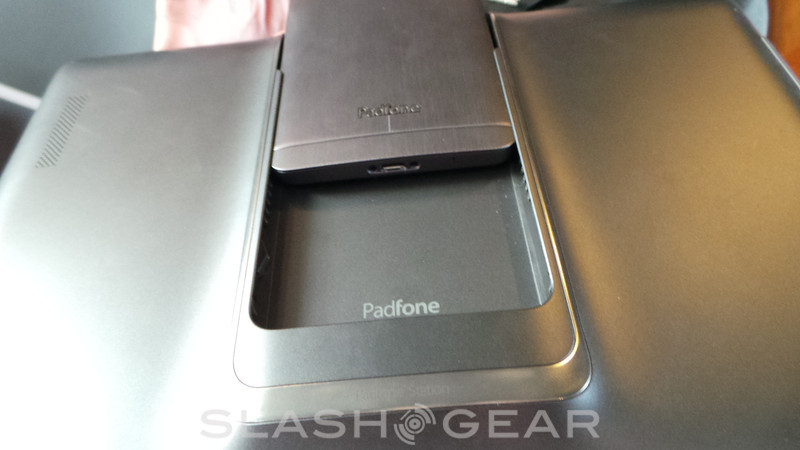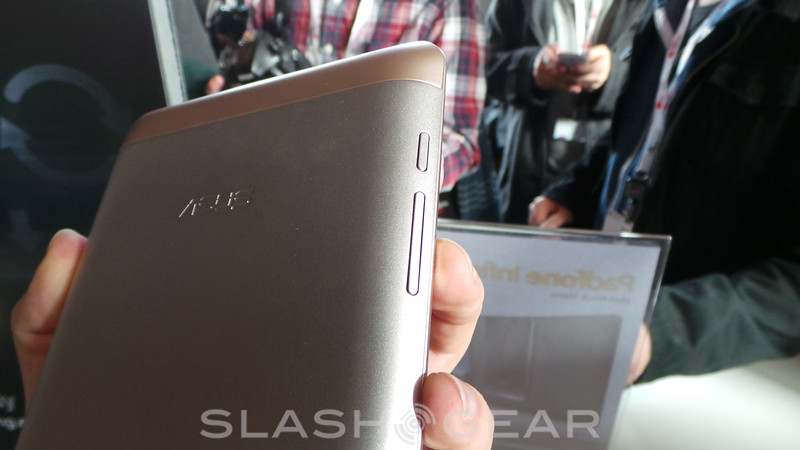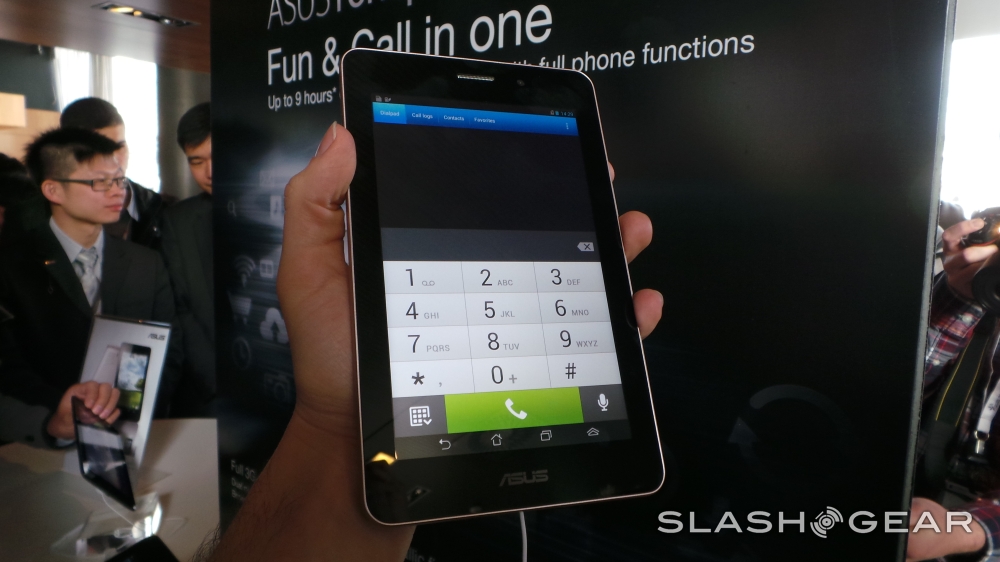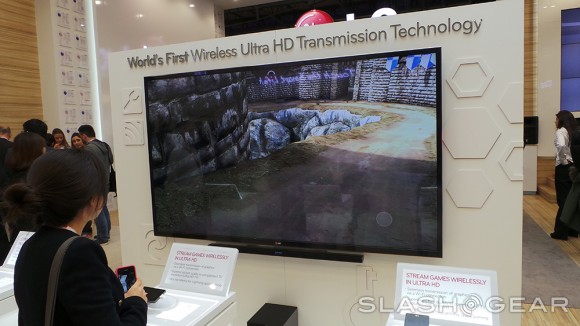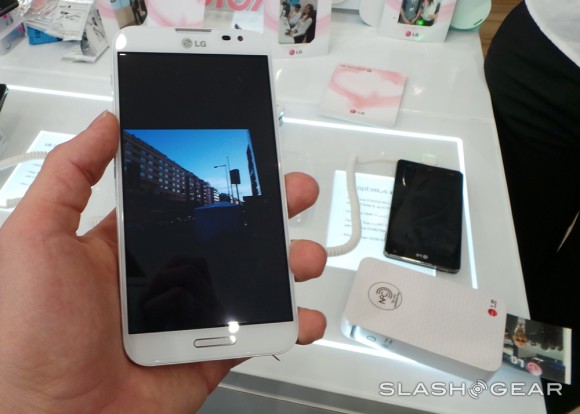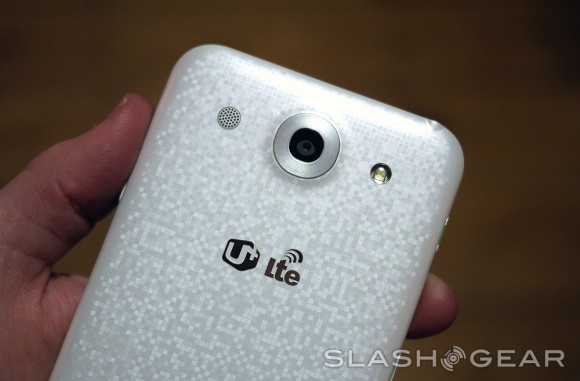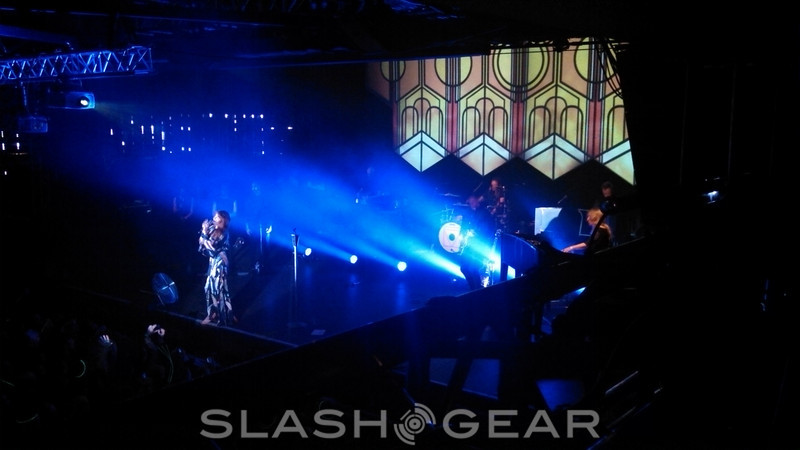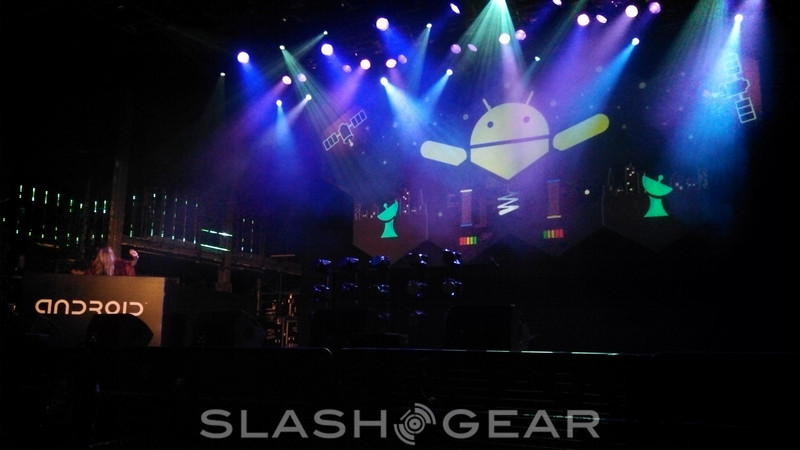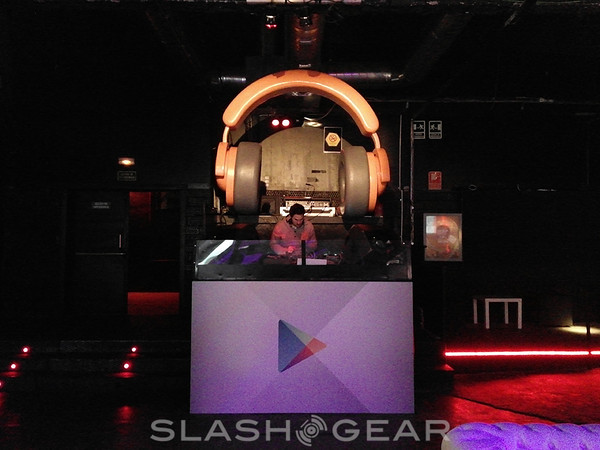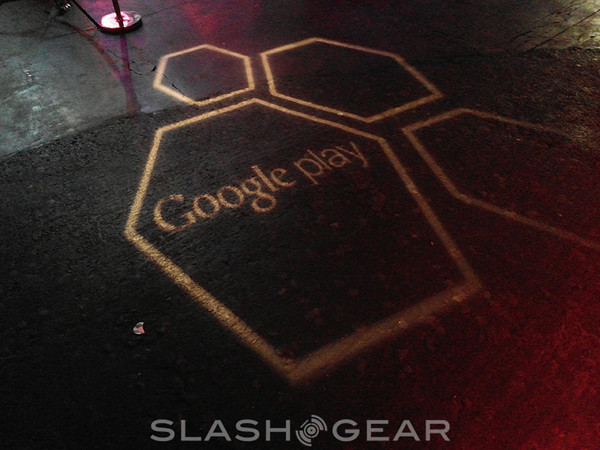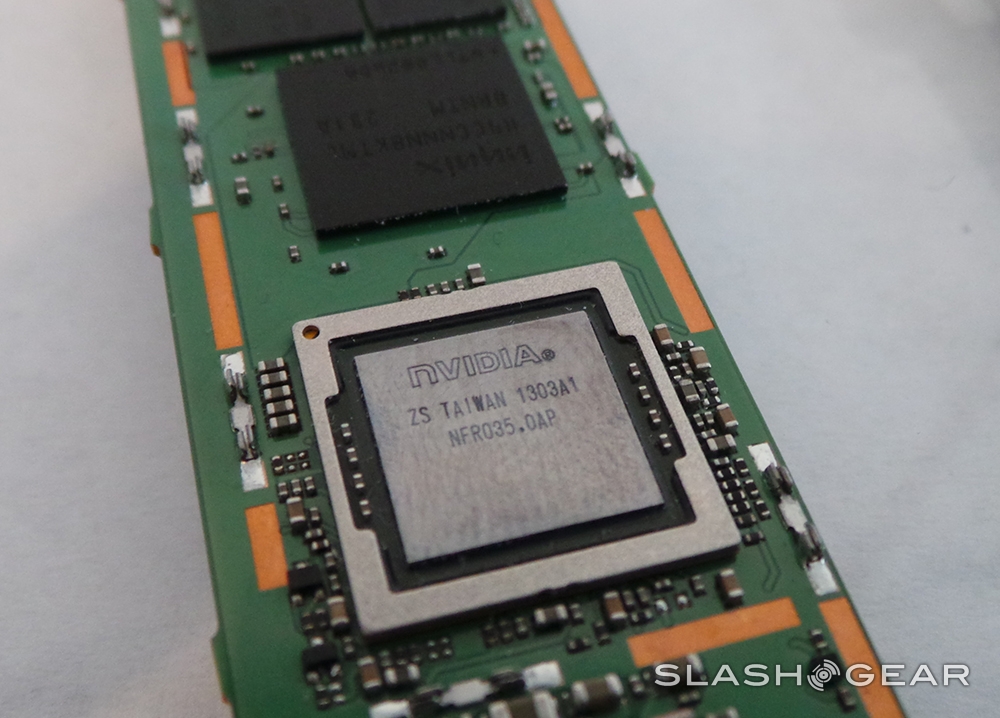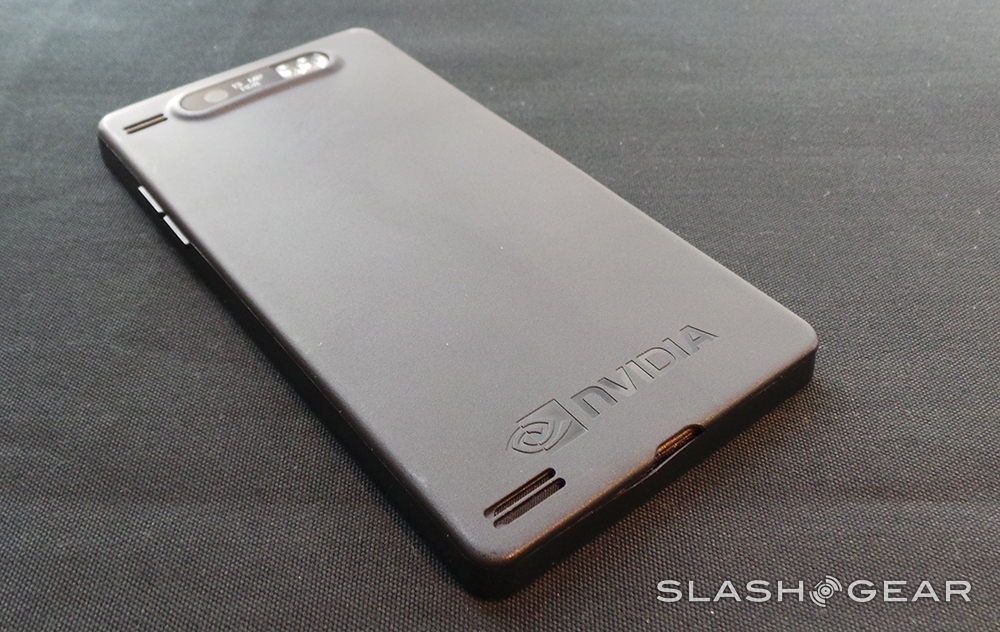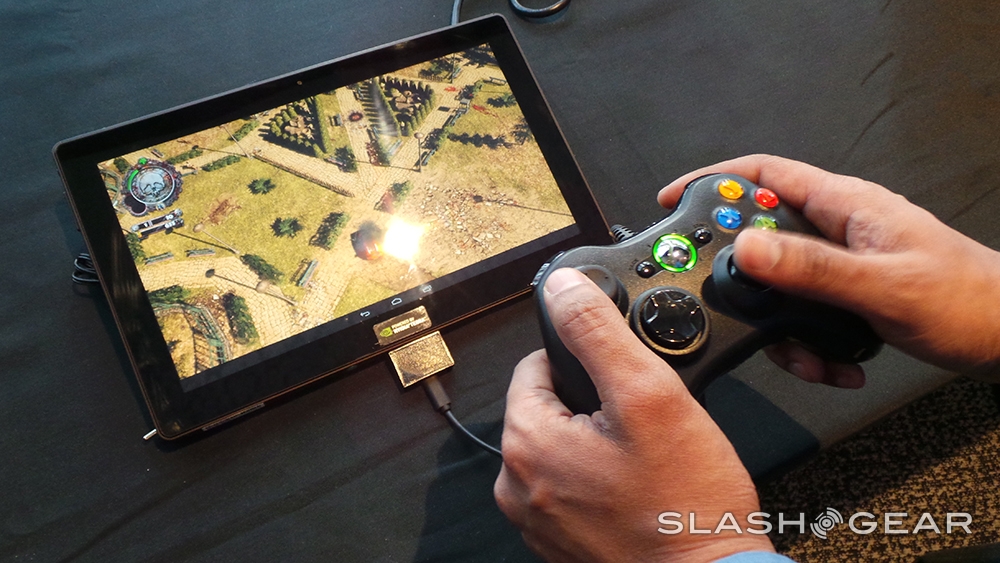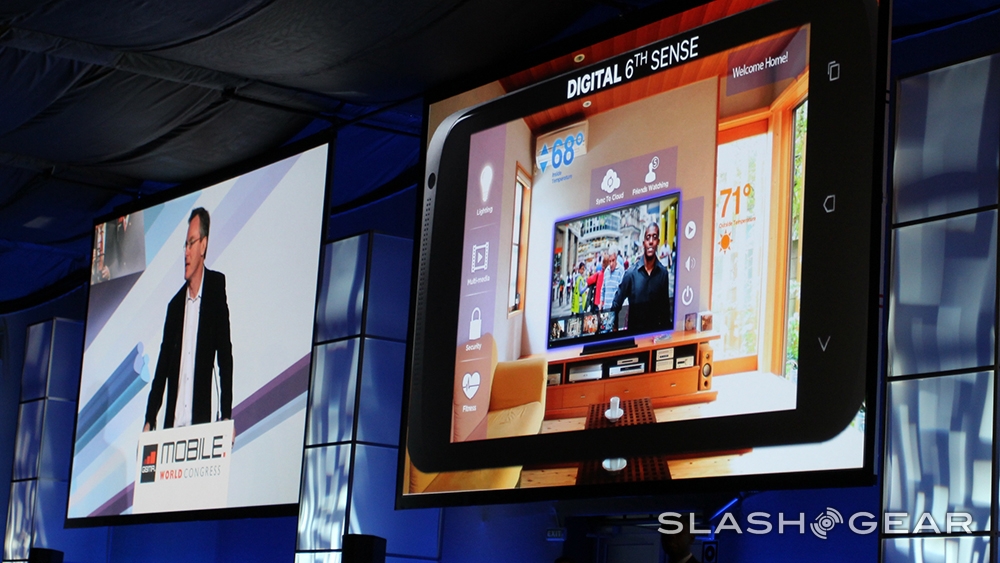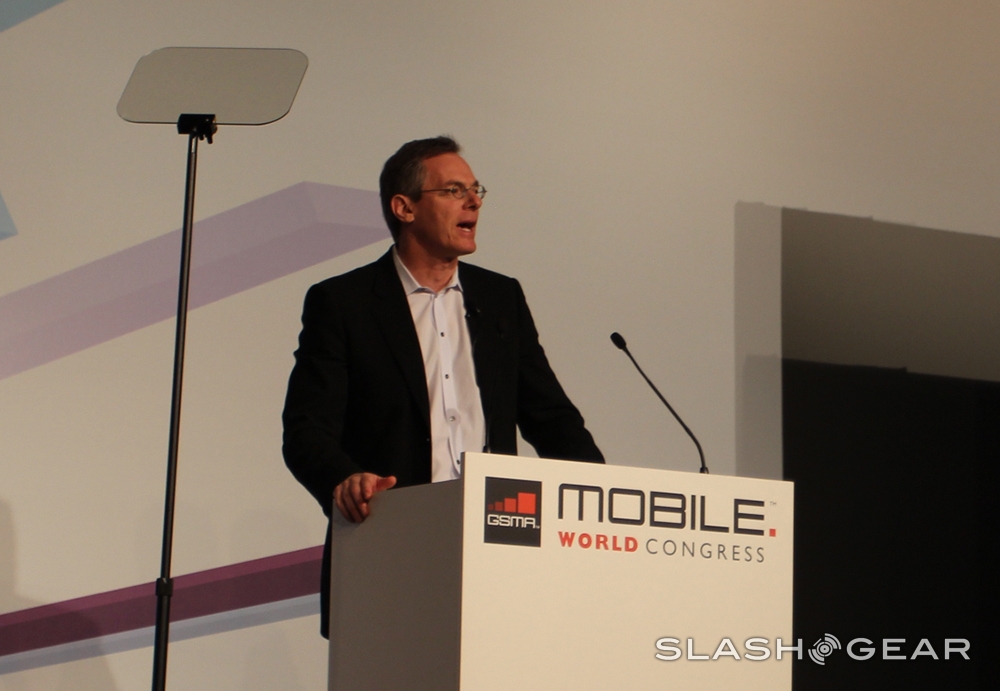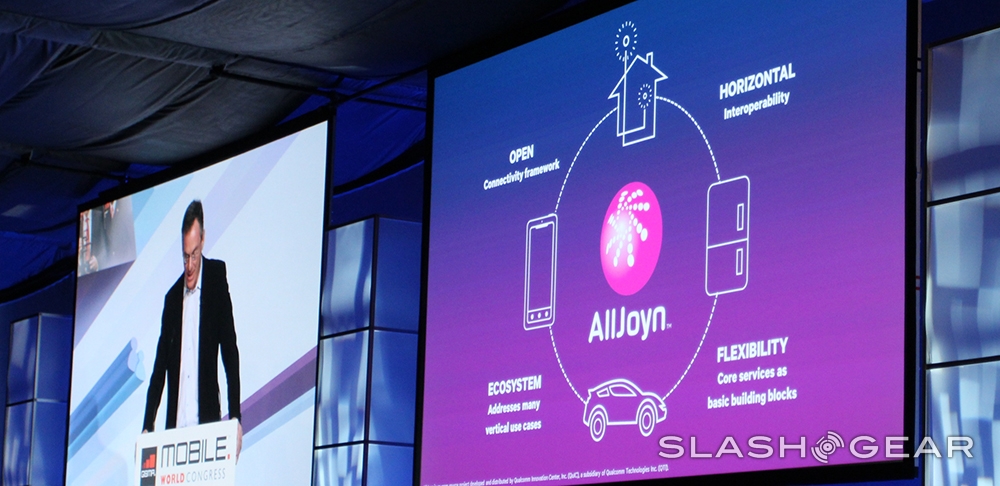Technology Conventions Aren't Dying - They're Evolving
If this year's Mobile World Congress taught us one thing, it's that no matter how interesting and innovative the gadget makers and software developers of our global community are, it's the top brands that end up making or breaking the show. Make or break the show for the press, that is. Case in point: our several articles written from our chat with Google's Mathias Duarte – they ended up easily becoming some of the most popular posts we had this week, and Google didn't reveal any new products at the convention. In fact, they didn't have a stand – the chat we had wasn't even on the map. And yet, there it is – Google stole the show anyway.
Another oddity in our biggest hits of the week was an early tip we received from an intrepid early-entrant to the convention. The Samsung Galaxy Note 8.0 was photographed on a large screen standing proud at the massive Samsung booth that was opened early the next day. Even though Samsung really only "revealed" one new piece of hardware at the show, that single piece of hardware – and subsequent posts about that device's power – ended up being more popular than many of our other hands-on and up-to-the-minute news posts.
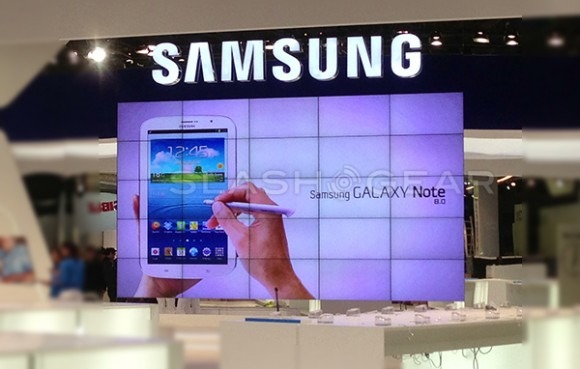
From Brand New to Brand Reinforcement
While this year's convention in Barcelona was larger than past years – at a new, larger venue with more floor space than ever – it ended up being commented on as more "dry" than shows in past years. That's a rather subjecting thing to say, of course, but take note of massive releases at Mobile World Congress in the past, and you'll see the trend. Instead of revealing brand new never-before-seen lines of devices and unique services at the convention, companies now appear to be showing more "here's another from our already successful line" items – or no new hardware or software at all.
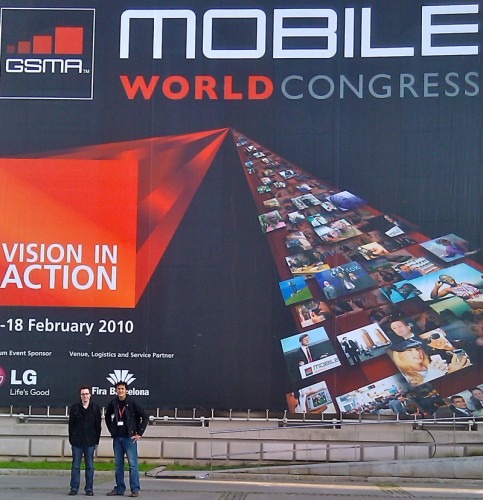
2010: The HTC Desire, Samsung Wave S8500 (with Bada!), Sony Ericsson XPERIA X10, Toshiba TG02 and K01, Acer Liquid e, and a whole lot more. [MWC 2010 tag portal]
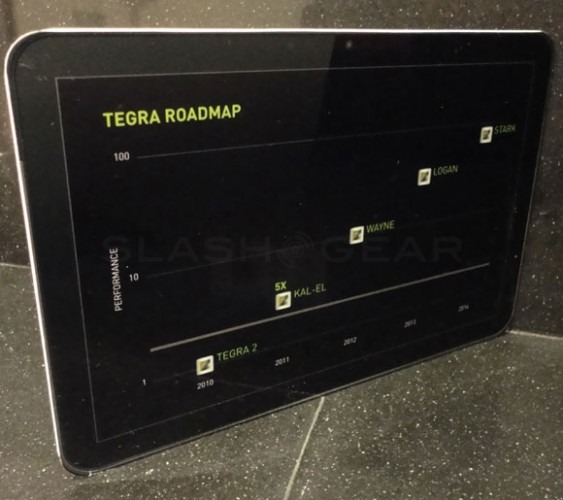
2011: NVIDIA shows their Tegra roadmap and the superhero-themed code-names for processors we're still seeing revealed today. Samsung reveals the Galaxy S II and Samsung Galaxy Tab 10.1. LG shows the LG Optimus Pad (aka G-Slate) and the LG Optimus 3D. HTC shows a collection of smartphones and a tablet, as well as the Facebook phones Salsa and ChaCha. Google shows up with Eric Schmidt to speak at a main keynote while the Google Pod exploded unto the collective minds of attendees. [MWC 2011 tag portal]
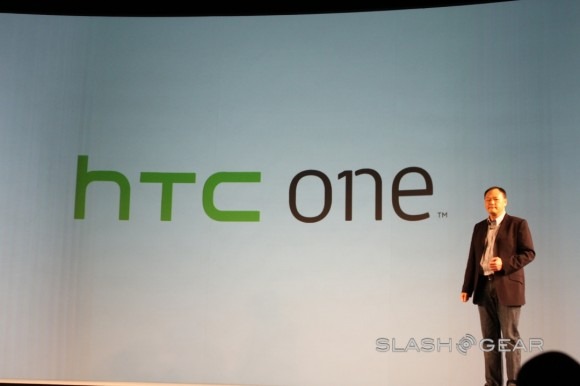
2012: HTC revealed their HTC One series with the HTC One X, S, and V. ASUS shows a full line of Android-powered beastly tablets. The LG Optimus Vu, Sony XPERIA P, and game-changing Nokia Lumia 808 with 41-megapixel camera were all revealed – see more Nokia action in our 2012 MWC Nokia wrap-up specifically. Samsung seems to have started the trend of revealing their hero devices outside of MWC here with just two reveals at the event, one of them being the Samsung Galaxy Note 10.1. Qualcomm brought the Snapdragon S4 dual-core SoC, Texas Instruments showed the OMAP 5, and oddly, Microsoft showed up to bring on the Windows 8 Consumer Preview. Google again brought Eric Schmidt and another Google Pod. [MWC 2012 tag portal]
This year we saw ASUS show a new version of a concept they've released before in the ASUS PadFone Infinity and a re-skinned but perfectly recognizable 7-inch tablet called the FonePad – look like the Nexus 7 to you? (Incase you did not know, they made that too, revealing it in an early iteration back at CES 2012 at the NVIDIA keynote then re-revealing it at Google I/O 2012 as the Nexus 7.)
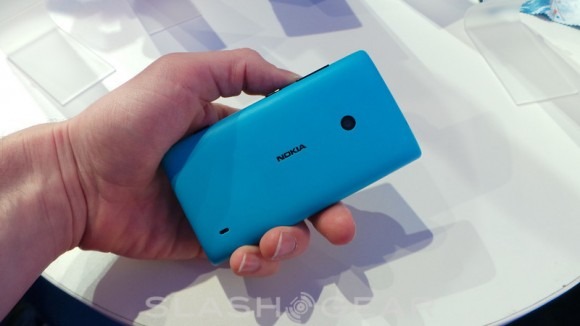
We also saw Nokia reveal two new smartphones that apply what they've learned with the Lumia Windows Phone 8 devices they've had on the market for several months to two new sizes: Lumia 720 and Lumia 520. Groups like HTC and Motorola decided against revealing anything new at all, with the HTC One having been revealed one week earlier than the conference and the Motorola RAZR lineup being the center of a rather low-traffic Motorola presence.
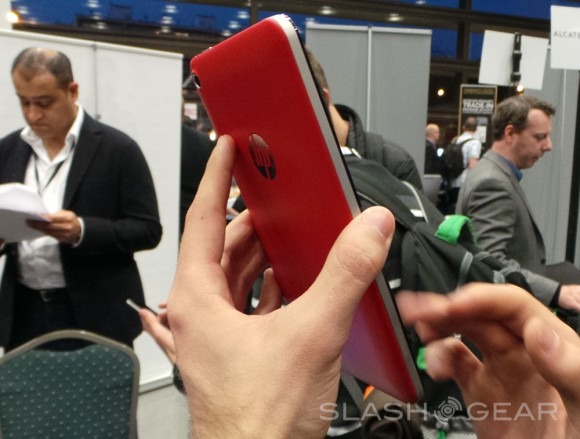
The folks at HP decided to take a swipe at creating a real-deal Android tablet (quite likely because of the odd success the HP TouchPad had after it was essentially given away post-WebOS cut) – have a peek at the HP Slate 7 and see the Beats grab hold again.

ZTE revealed a new rather large smartphone in the Grand Memo, here showing for the first time the Qualcomm Snapdragon 800 SoC – but the actual hardware won't be in stores until the third quarter of this year. LG brought on a relatively impressive selection of devices including the LG Optimus G Pro – but that device was revealed well before the conference started as well. The only things LG actually revealed during the conference were items like the "world's smallest wireless charger" and a bit of some (admittedly rather impressive) HD wireless transmission technology.
If you'll have a look at each of the several hands-on posts we've got from LG, you'll see that they've really only confirmed that they're sticking with the design language they wrote with the still-popular LG Optimus G. These devices are going to be winners, but as far as LG revealing their biggest beasts of the year at MWC – that simply didn't happen. A "true" replacement for the LG Optimus G will come later this year in an LG-run event separate from a press conference, we estimate – you can count on it. The most interested news this week touching LG was, without a doubt, their purchase of WebOS from HP – the repercussions of this have not yet begun to ripple!
Where are the heroes?
So you've got Google who, for the past two years, had set up a playland of Android bits and pieces throughout the convention, deciding here to continue to command like a sigil guardian. There was no official Google stand, but they were there – and they did hold one heck of a yearly party. You'll see more of the Google Head Space action in our LG Optimus G Pro Photo Tour of MWC 2013 – complete with Tinie Tempah, Florence and the Machine, and one massive amount of bright lights and dancing Androids – and a Google Play lounge as well.
Samsung remained a magnificently massive force on the floor, even with but one new device – again, an expansion of a line they've been building for a while now. Samsung continued to drop massive amounts of cash on advertising around the city during the week (and beyond, we're sure), and had what very well may have been the largest hands-on-centric booth at the convention. There's some contention amongst analysts (and would-be analysts) who cannot decide whether Samsung has "abandoned" the show by only revealing one device or are supporting it more than ever with such a hearty floor presence – with devices, to be fair, not everyone there had seen before.
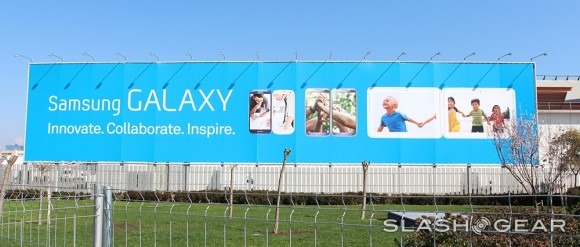
HTC had for the past several years used Mobile World Congress as their big blast-off point for the whole year. This year they – perhaps rather wisely – decided to have a launch a week before the Spain-based show. This way they were able to capture several days of press on technology news sites for themselves AND offer hands-on looks at the device – the HTC One – to convention-goers too.
The NVIDIA crew did indeed bring some fire to the show with hands-on looks at both a Tegra 4-toting developer tablet and the Phoenix Developer Platform smartphone, made specifically for Tegra 4i. I don't know if I can drive this point home enough times, but here it goes again: while the Phoenix device was new, the main subject remained the Tegra 4i (and the Tegra 4), with NVIDIA letting the news about everything they had at MWC 2013 – more or less – out well before the convention started so as to keep more press time to themselves – more than they'd get on convention week.
Qualcomm also had a rather large presence on the floor with their vast array of demonstrations of both devices running their hardware and showings of what's possible in the near future with services such as AllJoyn. Qualcomm's biggest push this past week was, indeed, for AllJoyn and the "Internet of Everything" as it appears that we're getting really, really close to the beginning of that connectivity hitting the market. As AllJoyn gets closer to real announcements of hardware manufacturer and developers being on-board, the AllJoyn Alliance begins its switch from just OeM/Developer outreach to public outreach so users know what it's all about. See our features with both the President of the Qualcomm Innovation Center, Inc. Rob Chandhok and Qualcomm CEO Paul Jacobs as well as our Qualcomm tag portal for the full story.
But again, most announcements made were not for a brand new product or service, but for expansions of services and the strengthening of bonds – with the occasional smartphone or tablet reveal mixed in.
It's the function of the convention that's changing
While we've heard more than just a few people suggesting that this is the year the tech convention dies, I'd like to suggest a different possibility. The function of the tech convention is morphing. It's the collection of reasons that hardware companies, software companies, developers, and the press head to these conventions and present themselves that's changing.
In the past – for a while – a company would come to a large convention such as Mobile World Congress to reveal their newest products. Very recently, it's become clear to many large companies that they're able to get more attention – and prolonged attention – if they host their own separate event for each product they launch during the year.
The method of creating separate non-convention events held by manufacturers of hardware (and sometimes software) will soon be the unquestionably dominant expected way of things. They'll also be the "reveal" point for any truly important product. For the press that's able to travel to each of these events during the year, the larger conventions will grow less and less important to attend.
For everyone else, conventions like Mobile World Congress will continue to represent an opportunity to get hands-on time with products they might otherwise have to wait to see in stores – and they'll continue to be great for networking person-to-person as well.
Evolution
For someone like you, the reader, this all means that you'll get your hands-on looks at brand new devices spread out further throughout the year as opposed to having them all bunched up at CES, CTIA, MWC, and the like. And that's fine with us!
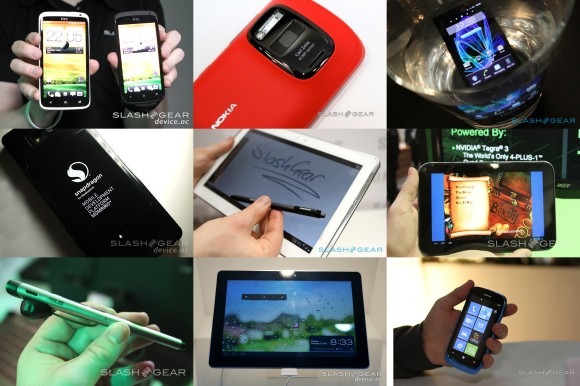
Spread the announcement love more evenly across the year and we expect we'll have a more tasty experience. Maintaining interest in the consumer technology universe through releases spread out over the year means a healthier – and less predictable – industry as a whole.
Or so we hope!
Have a peek at our [Mobile World Congress 2013 tag portal] to see everything we saw this year at the convention, and stay tuned to SlashGear for more. We're expecting big releases from companies like Samsung, Motorola, and Google relatively soon – and that they'll be breaking out the release love more frequently than restricting themselves to conventions such as these would otherwise allow. Excitement on the horizon!

